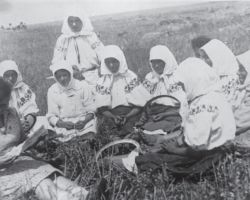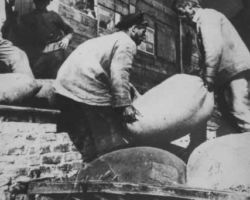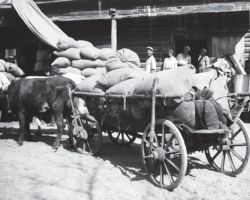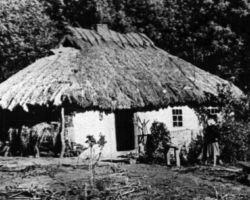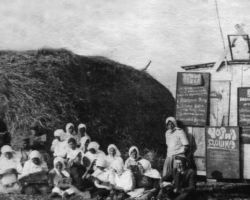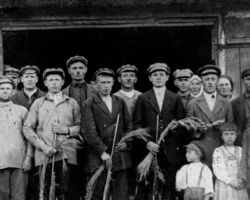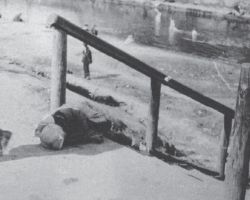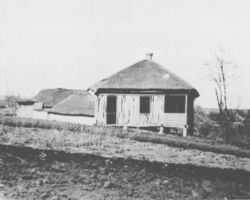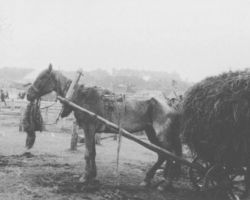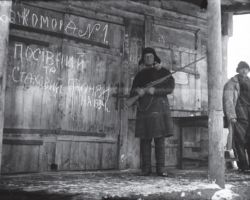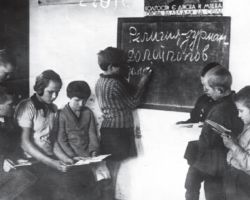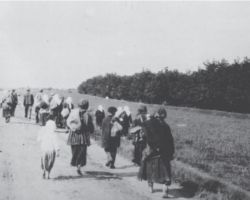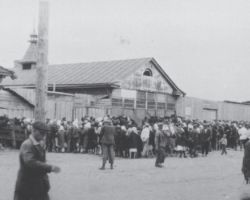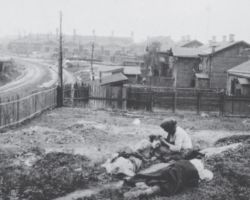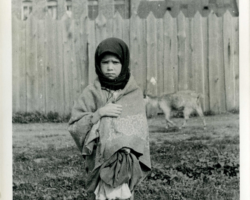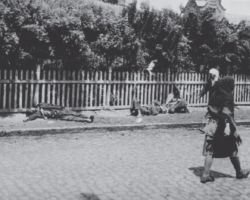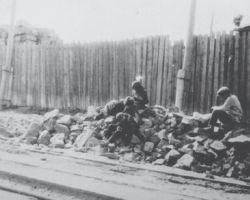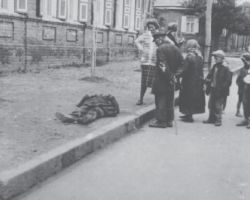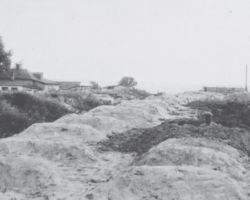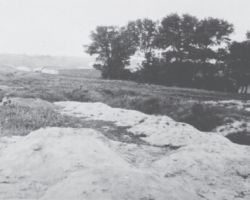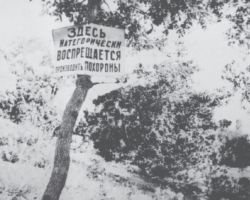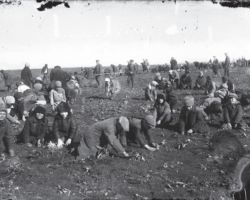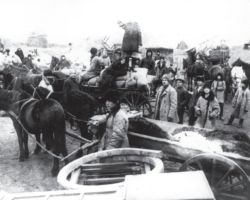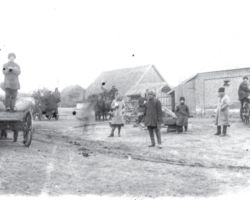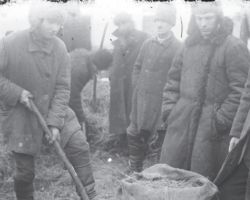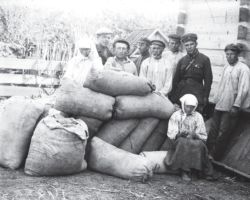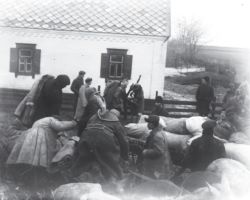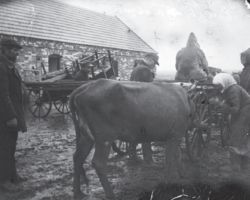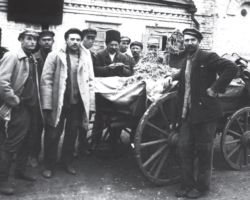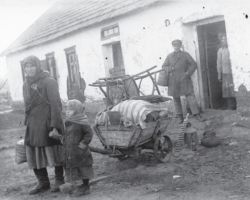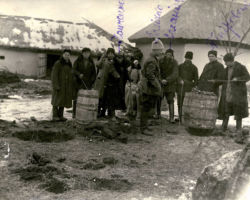Historical Photographs of the Holodomor
Historically accurate images taken during the Holodomor within what was then the borders of Ukraine are few, as travel to Ukraine and the Famine regions was not permitted, making it difficult to document the tragedy that was unfolding. Nearly all photographs showing starvation during the Holodomor were taken secretly by foreigners and smuggled out of Ukraine.
Below is a selection of over 30 photographs depicting the conditions in Ukraine during the early 1930’s, with brief commentaries. Many are officially approved government photos that depict Soviet policies of indoctrination, eviction and removal of stored food, along with positive imagery from collective farming life for propaganda purposes.
Photos of hunger victims and graves in Kharkiv and environs were taken in 1933 and smuggled out by Austrian technician Alexander Wienerberger. They are labelled here as “Innitzer Collection” because they are from the Cardinal Theodor Innitzer Collection. 25 photographs of the Holodomor were included in an album presented by Wienerberger to Cardinal Innitzer in Vienna, out of respect for the Cardinal’s efforts to organize international aid for the starving.
For more information about some of these photos please visit the National Museum of the Holodomor-Genocide in Kyiv, Ukraine web pages. These photos may be viewed on their gallery pages. We cannot grant permission to use any of these photographs, they are not ours.
For information on whether photographs you wish to use have been authenticated by researchers as Holodomor photos from 1932-1933, please reference the HREC Holodomor Photo Directory: https://holodomor.ca/resources/hrec-photo-directory/. The Holodomor Photo Directory features more than 100 high quality, digital copies of original prints wherever possible, which are accompanied by in-depth descriptions and details on sources.
